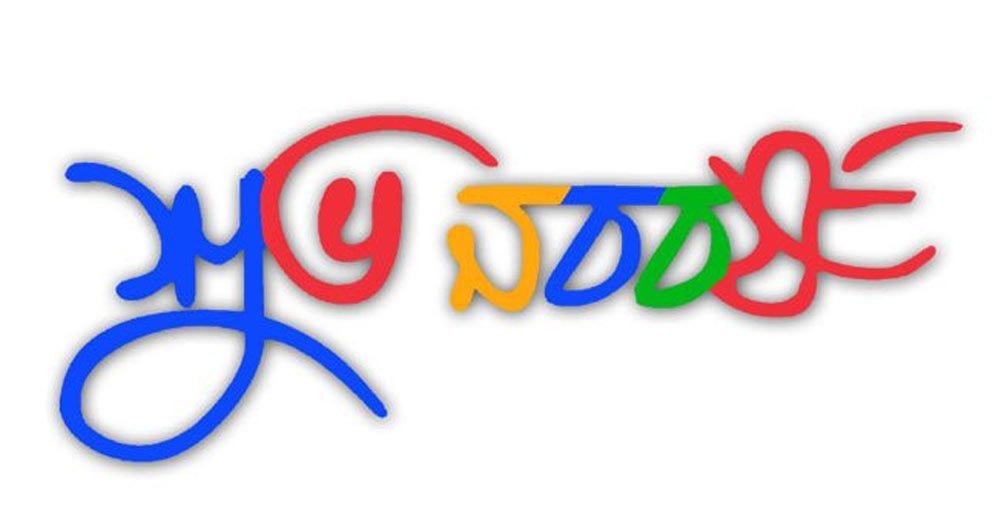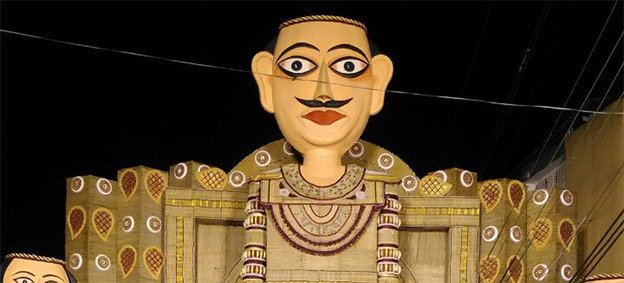A brief history of the Bengali Calendar and why India and Bangladesh celebrate the Bengali New Year on different days.
Today’s Pohela Boishakh (or it was yesterday, depending on which part of the sub-continent you are in), the first day of the Bengali Calendar.
- This is the beginning of the year 1426 and below is a brief history of the Bengali Calendar (sourced from Historical Dictionary of the Bengalis by Kunal Chakrabarti, Shubhra Chakrabarti).
- The Bengali calendar is a solar calendar, which is based on Surya Siddhanta, a Sanskrit text on astronomy, and is used in Bangladesh and in the states of West Bengal, Assam, and Tripura in India.
- The beginning of the era is reckoned from 12 or 14 April 594 CE. Thus, the current Bengali year is 1426.
- The calendar consists of six seasons from summer to spring, each comprising two months. The names of the 12 months are based on lunar mansions (locations of the moon with respect to stars during the lunar cycle). The year begins on Payla (first) Baishakh.
- The names of the seven days of the week are based on celestial objects, such as the planets. Unlike in the Gregorian calendar, the day begins and ends at sunrise.
- King Shashanka is credited with introducing the Bengali calendar. The Mughal emperor Akbar modified the calendar for the purpose of tax collection. During the medieval period prior to Akbar, agricultural and land taxes were collected according to the Islamic Hijri calendar.
- As the Hijri calendar is a lunar one, the agricultural year did not always coincide with the fiscal year, and farmers were hard-pressed to pay taxes out of season.
- Akbar asked the royal astronomer Amir Fatehullah Shirazi to formulate a new calendar based on the lunar Hijri and the solar Hindu calendar. The resulting Bangla calendar was scheduled to start after the harvesting season and was hence called fasholi shan (harvest calendar).
- The Sanskrit names of the months were retained, but the calendar started with the Hijri calendar value. This calendar was officially implemented throughout the empire.
- In 1966, a committee headed by Muhammad Shahidullah was appointed by the Bangla Academy, Dhaka, to suggest changes in order to make the Bengali calendar more precise.
- The committee recommended that the first five months of the year should consist of 31 days and the remaining seven months of 30 days each. In every leap year of the Gregorian calendar, an additional day would be added to the month of Falgun.
- The revised calendar was officially adopted in Bangladesh in 1987. However, these changes have not been incorporated into the Bengali calendar followed in West Bengal primarily because the traditional calendar is inextricably associated with Hindu religious festivals.
- In the sidereal solar calendar, the number of days in a month is determined by the actual motion of the sun through the zodiac. Therefore, the length of the months is not fixed in the sidereal calendar.
- Ever since the calendar was revised in Bangladesh, the New Year (1 Baishakh) always falls on April 14, while in West Bengal it varies between April 14 and 15.
- In everyday use, however, the Bengali calendar has been largely replaced by the Gregorian calendar in Bangladesh, West Bengal, Assam, and Tripura.
(Originally posted as a Twitter thread in 2018)






